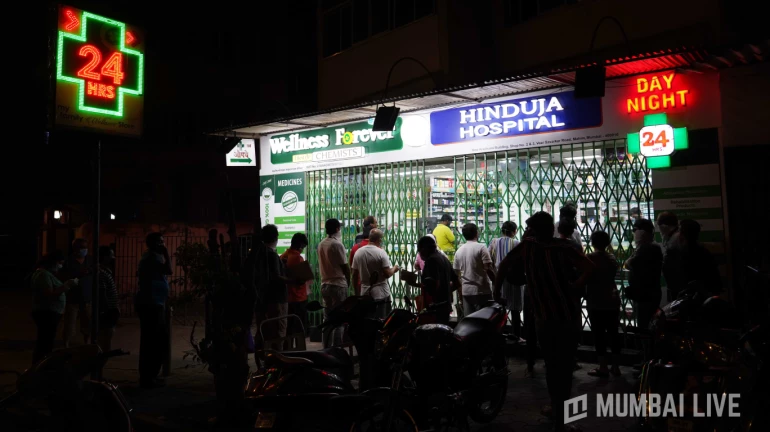
Update as of May 1, 2020, states that the lockdown in India has been extended until May 18, 2020, i.e. two more weeks from May 4, 2020. The Ministry of Home Affairs (MHA), Government of India, has issued new guidelines for 'Green Zones' where the restrictions would be lifted partially after May 4, 2020. State government officials have been asked to strictly regulate these areas and follow the norms.
Here are some points mentioned in the report released regarding the restriction which will be lifted in green and some orange zones.
1. Movement of individuals, for all non-essential activities, shall remain strictly prohibited between 7 pm to 7 am.
2. In all zones, persons above 65 years of age, persons with co-morbidities, pregnant women, and children below the age of 10 years, shall stay at home, except for meeting essential requirements and for health purposes.
3. Out-Patient Departments (OPDs) and Medical clinics shall be permitted to operate in Red, Orange and Green Zones, with social distancing norms and other safety precautions; however, these will not be permitted within the Containment Zones.
1. Movement of individuals and vehicles is allowed in red zones, only for permitted activities. A maximum of 2 persons (besides the driver) in four-wheeler vehicles, and with no pillion rider in the case of two-wheelers.
2. Industrial establishments in urban areas, viz., Special Economic Zones (SEZs), Export Oriented Units (EOUs), industrial estates and industrial townships with access control have been allowed.
3. Construction activities in urban areas are allowed but will be limited and permitted only where workers are available on site and no workers are required to be brought in from outside
4. Standalone or single shops along with the ones in the neighbourhood or colony and in residential complexes are allowed and permitted to remain open in urban areas, without any distinction of essential and non-essential.
5. E-Commerce activities, in the Red Zones, are permitted only in respect of essential goods.
6. Private offices are allowed but can operate with up to 33 per cent strength as per requirement, with the remaining persons working from home. All Government offices shall function with senior officers of the level of Deputy Secretary and above at full strength, and the remaining staff attending up to 33 per cent as per requirement.
7. Following industrial activities are allowed and permitted in rural areas
8. Following commercial and private establishments have been allowed in the Red Zones.
9. Activities and services such as plying of cycle rickshaws and auto-rickshaws; running of taxis and cab aggregators; intra-district and inter-district plying of buses; and, barbershops, spas and salons - are NOT allowed in areas even in red zones, outside the containment areas.
10. Malls, markets, market complexes and shops in urban areas for non-essential goods are NOT allowed shall remain closed.
In addition to activities permitted in Red Zone...
In the Green Zones, most of the activities are permitted except the limited number of activities which are prohibited throughout the country, irrespective of the Zone. However, buses can operate with up to 50% seating capacity and bus depots can operate with up to 50% capacity.
Please note: These guidelines are issued by the central government. The state government will take decisions based on the assessment of the situation. The primary objective will be to keep the spread of COVID-19 in check and respective governments may allow only select activities from out of the permitted activities, with such restrictions as felt necessary.





